#Avian
Text

painting. vulture demoness wrestlers, 2024
#art#painting#digital art#digital painting#figurative art#anthro#furry#furry art#anthro art#avian#demon#demoness#vulture demoness#vulture#dynasoar5#ssohardd#wrestler#wrestling
149 notes
·
View notes
Text

got anything you wanna say
96 notes
·
View notes
Text
Another pigeon, but domesticated and stunning, the archangel pigeon!

The archangel pigeon (Columba livia domestica) is a breed of domesticated pigeon in the "fancy" category, and one of the ones that are actually morally okay. Their plumage is striking: Black wings with green iridescence, and brown plumage pretty much everywhere else, with signature iridescence on the crop/neck which is pink colored! (However, it may vary. This is just the most popular variant, we believe) All domesticated pigeons, and fancy breeds for that matter all come from the very not domesticated bird, the rock dove, and eventually, the domesticated pigeons from older times became feral pigeons.
#ill be honest im not 100% sure if this picture is an archangel due to the white tipped primaries#but i wanted to be able to credit the person who made the image. look up archangel pigeon if you want tl be safe#bird#birdblr#iridescent bird#avian#birding#birds#dove#pigeon#pigeons#columbidae#columbiformes#columbiforme
94 notes
·
View notes
Text


some fun tester icons
#asmtsm art#furry#furrydrawing#digital art#digital coloring#digital illustration#furry art#mixed media#avian#fox
87 notes
·
View notes
Text

Cool hat 😎
46 notes
·
View notes
Text


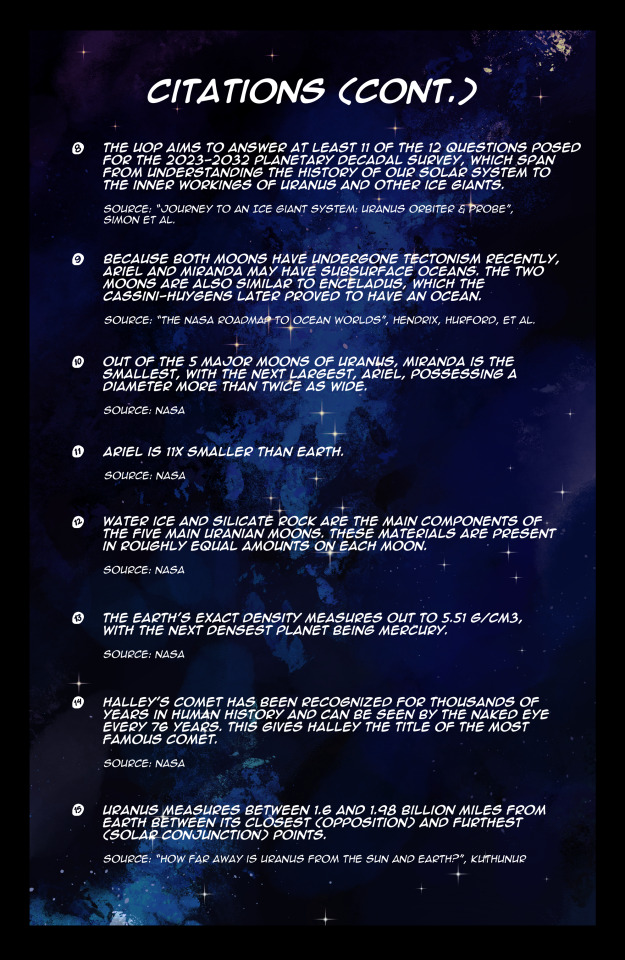


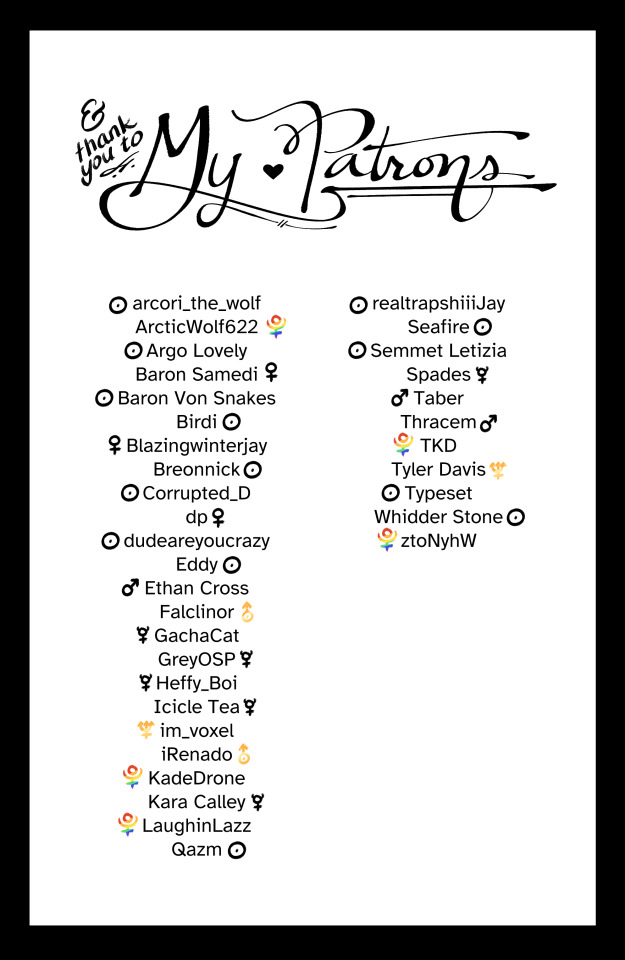

[☀️SOLAR HOUSE | Chapter Two | End!]
Crossfaded Encounters
Solar House WEBTOON
Thank you so much for reading! See you in the next chapter <3
Previous Page
#personification#gijinka#astronomy#space#furry#furry art#sfw furry#digitalart#oc#originalcharacter#solarhouse#character design#milky way fandom#planet#uranus#moon#puck#avian#bird#macaw#bushtit
28 notes
·
View notes
Text
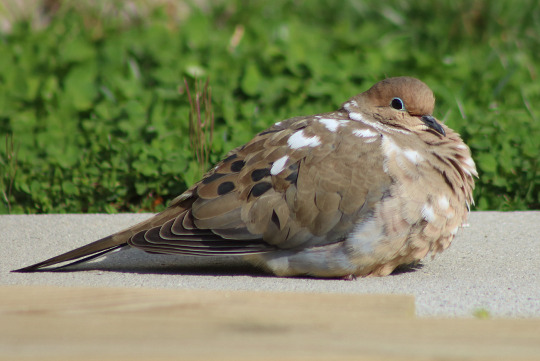


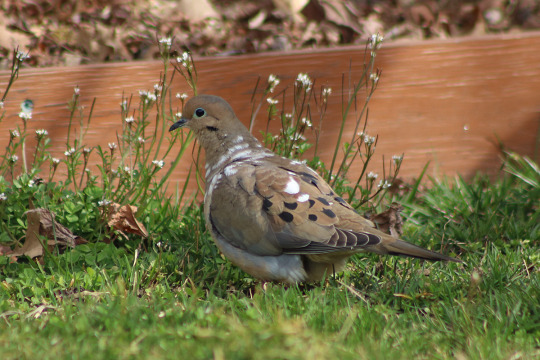
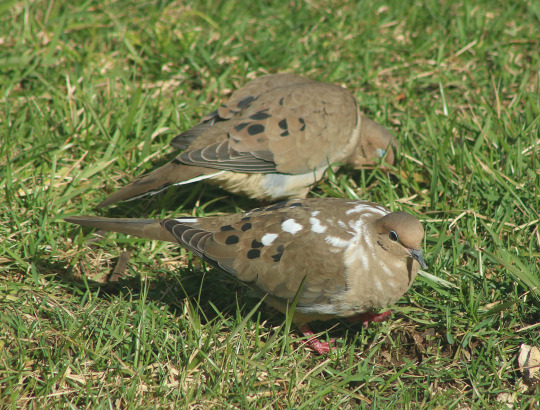
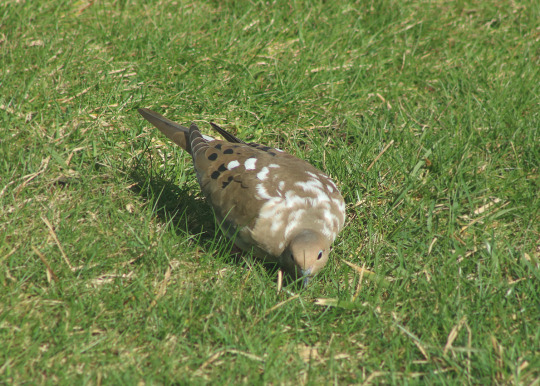
A lil compilation of photos of the semi-leucistic/piebald mourning dove who has been visiting my backyard!
First two images are from this morning 💕
#mourning dove#dove#birds#backyard birds#birding#leucistic#piebald#avian#wildlife#bird photography#nature
4K notes
·
View notes
Text

In your next life.
9K notes
·
View notes
Photo
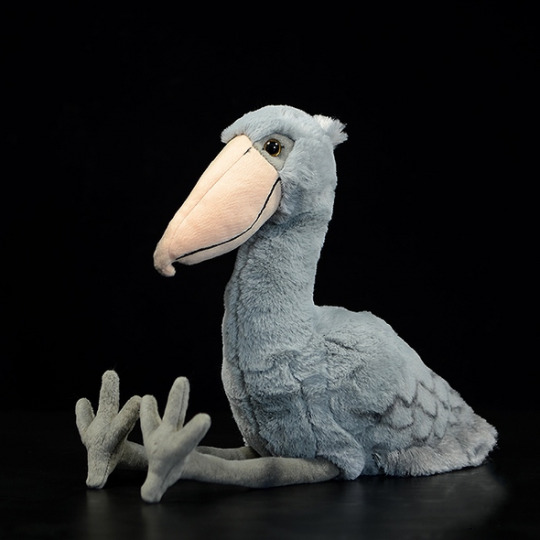
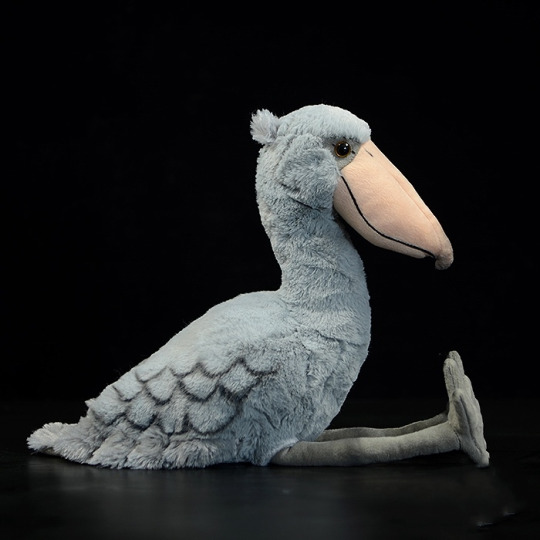
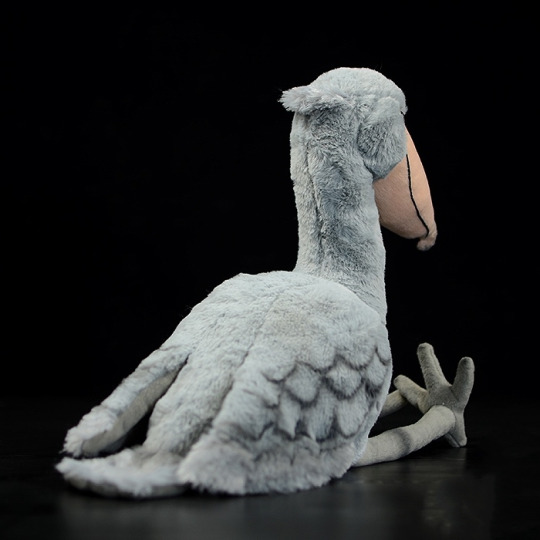
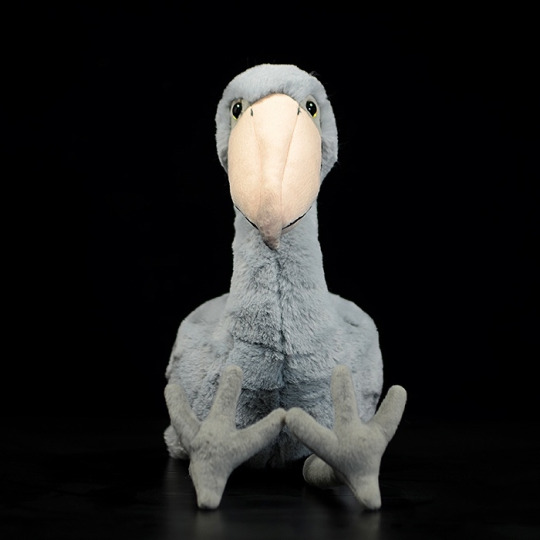


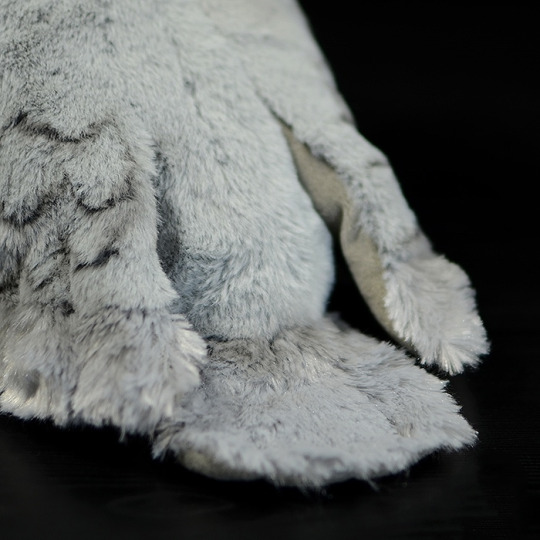
Shoebill Stork Plushie
18K notes
·
View notes
Text
"Chicago’s 82-story Aqua Tower appears to flutter with the wind. Its unusual, undulating facade has made it one of the most unique features of Chicago’s skyline, distinct from the many right-angled glass towers that surround it.
In designing it, the architect Jeanne Gang thought not only about how humans would see it, dancing against the sky, but also how it would look to the birds who fly past. The irregularity of the building’s face allows birds to see it more clearly and avoid fatal collisions. “It’s kind of designed to work for both humans and birds,” she said.
As many as 1 billion birds in the US die in building collisions each year. And Chicago, which sits along the Mississippi Flyway, one of the four major north-south migration routes, is among the riskiest places for birds. This year, at least 1,000 birds died in one day from colliding with a single glass-covered building. In New York, which lies along the Atlantic Flyway, hundreds of species traverse the skyline and tens of thousands die each year.
As awareness grows of the dangers posed by glistening towers and bright lights, architects are starting to reimagine city skylines to design buildings that are both aesthetically daring and bird-safe.
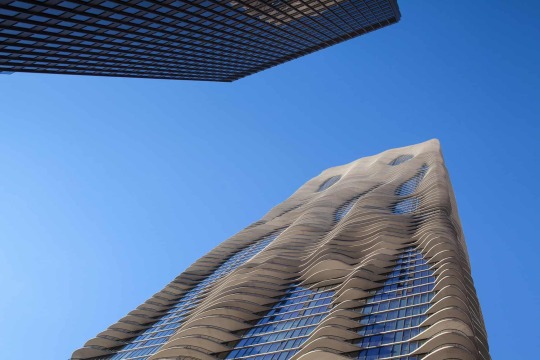
Pictured: Chicago's Aqua Tower was designed with birds in mind.
Some are experimenting with new types of patterned or coated glass that birds can see. Others are rethinking glass towers entirely, experimenting with exteriors that use wood, concrete or steel rods. Blurring lines between the indoors and outdoors, some architects are creating green roofs and facades, inviting birds to nest within the building.
“Many people think about bird-friendly design as yet another limitation on buildings, yet another requirement,” said Dan Piselli, director of sustainability at the New York-based architecture firm FXCollaborative. “But there are so many design-forward buildings that perfectly exemplify that this doesn’t have to limit your design, your freedom.”
How modern buildings put birds in danger
For Deborah Laurel, principal in the firm Prendergast Laurel Architects, the realization came a couple of decades ago. She was up for an award for her firm’s renovation of the Staten Island Children’s Museum when the museum’s director mentioned to her that a number of birds had been crashing into the new addition. “I was horrified,” she said.
She embarked on a frenzy of research to learn more about bird collisions. After several years of investigation, she found there was little in the way of practical tips for architects, and she teamed up with the conservation group NYC Audubon, to develop a bird-safe building guide.
The issue, she discovered, was that technological and architectural advancements over the last half-century had in some ways transformed New York City – and most other US skylines and suburbs – into death traps for birds...
At certain times of day, tall glass towers almost blend into the sky. At other times, windows appear so pristinely clear that they are imperceptible to birds, who might try to fly though them. During the day, trees and greenery reflected on shiny building facades can trick birds, whereas at night, brightly lit buildings can confuse and bewilder them...

Pictured: A green roof on the Javits Convention Center serves as a sanctuary for birds.
The changes that could save avian lives
About a decade ago, Piselli’s firm worked on a half-billion-dollar renovation of New York’s Jacob K Javits Convention Center, a gleaming glass-clad space frame structure that was killing 4,000-5,000 birds a year. “The building was this black Death Star in the urban landscape,” Piselli said.
To make it more bird friendly, FXCollaborative (which was then called FXFowle) reduced the amount of glass and replaced the rest of it with fritted glass, which has a ceramic pattern baked into it. Tiny, textured dots on the glass are barely perceptible to people – but birds can see them. The fritted glass can also help reduce heat from the sun, keeping the building cooler and lowering air conditioning costs. “This became kind of the poster child for bird-friendly design in the last decade,” Piselli said.
The renovation also included a green roof, monitored by the NYC Audubon. The roof now serves as a sanctuary for several species of birds, including a colony of herring gulls. Living roofs have since become popular in New York and other major cities, in an inversion of the decades-long practice of fortifying buildings with anti-bird spikes. In the Netherlands, the facade of the World Wildlife Fund headquarters, a futuristic structure that looks like an undulating blob of mercury, contains nest boxes and spaces for birds and bats to live.
The use of fritted glass has also become more common as a way to save the birds and energy.
Earlier this year, Azadeh Omidfar Sawyer, an assistant professor in building technology in the Carnegie Mellon School of Architecture, working with student researchers, used open-source software to help designers create bespoke, bird-friendly glass patterns. A book of 50 patterns that Sawyer published recently includes intricate geometric lattices and abstract arrays of lines and blobs. “Any architect can pick up this book and choose a pattern they like, or they can customize it,” she said.
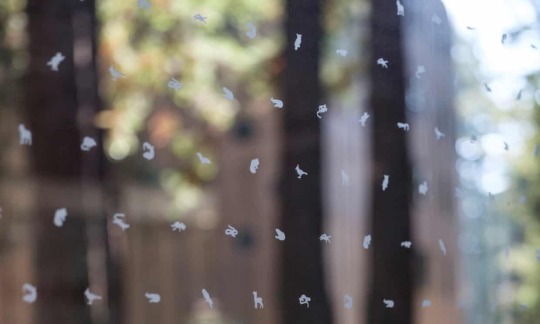
Pictured: The fritted glass used in Studio Gang’s expansion of Kresge College at the University of California, Santa Cruz, depicts the animals in the local ecosystem.
Builders have also been experimenting with UV-printed patterns, which are invisible to humans but perceptible to most birds. At night, conservationists and architects are encouraging buildings turn off lights, especially during migration season, when the bright glow of a city skyline can disorient birds.
And architects are increasingly integrating screens or grates that provide shade as well as visibility for birds. The 52-floor New York Times building, for example, uses fritted glass clad with ceramic rods. The spacing between the rods increases toward the top of the building, to give the impression that the building is dissolving into the sky.
Gang’s work has incorporated structures that can also serve as blinds for birders, or perches from which to observe nature. A theater she designed in Glencoe, Illinois, for example, is surrounded by a walking path made of a wood lattice, where visitors can feel like they’re up in the canopy of trees.

Pictured: The Writers Theatre, designed by Studio Gang, includes a walking path encased in wood lattice.
Rejecting the idea of the iridescent, entirely mirrored-glass building, “where you can’t tell the difference between the habitat and the sky”, Gang aims for the opposite. “I always tried to make the buildings more visible with light and shadow and geometry, to have more of a solid presence,” she said.
Gang has been experimenting with adding bird feeders around her own home in an effort to reduce collisions with windows, and she encourages other homeowners to do the same.
“I’ve found that birds slow down and stop at feeders instead of trying to fly through the glass,” she said.
While high-rise buildings and massive urban projects receive the most attention, homes and low-rise buildings account for most bird collision deaths. “The huge challenge is that glass is everywhere.” said Christine Sheppard, who directs the glass collisions program at the American Bird Conservancy (ABC). “It’s hard to know what I know and not cringe when I look at it.”
Tips for improving your own home include using stained glass or patterned decals that can help birds see a window, she said. ABC has compiled a list of window treatments and materials, ranked by how bird-safe they are.
Whether they’re large or small, the challenge of designing buildings that are safe for birds can be “liberating”, said Gang, who has become an avid birdwatcher and now carries a pair of binoculars on her morning jogs. “It gives you another dimension to try to imagine.”"
-via The Guardian, December 27, 2023
#conservation#birds#avian#ornithology#new york city#chicago#united states#architecture#green architecture#conservation biology#construction#sustainability#glass#glass windows#skyscraper#cityscape#buildings#bird conservation#birdwatching#good news#hope#“hey mc why is this post so in depth and full of pics compared to what you usually post” you ask#great question#the answer is bc I like architecture a lot#...well I like the kinds of architecture I like a lot lol#bauhaus can fight me tbh#but sustainable architecture is awesome#also this article actually came with a bunch of pics#which yknow most of them don't#cw animal death
1K notes
·
View notes
Text
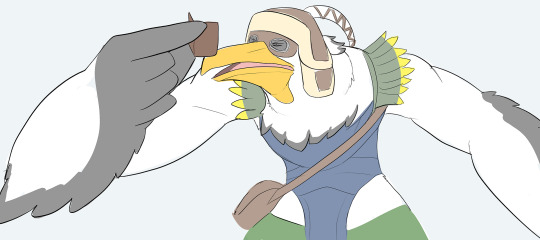
Penn and his tiny-ass human-sized notebook
#uncleart#spoilers#zelda#the legend of zelda#tears of the kingdom#tears of the kingdom spoilers#totk#totk spoilers#penn#rito#avian#anthro bird
4K notes
·
View notes
Text

we surveyed zero men and asked them what the ideal woman is. the results will not shock you in the slightest
#the ideal woman#memes#my art#artists on tumblr#illustration#birds#birb#birdsona#avian#crows#ravens#corvids
672 notes
·
View notes
Text
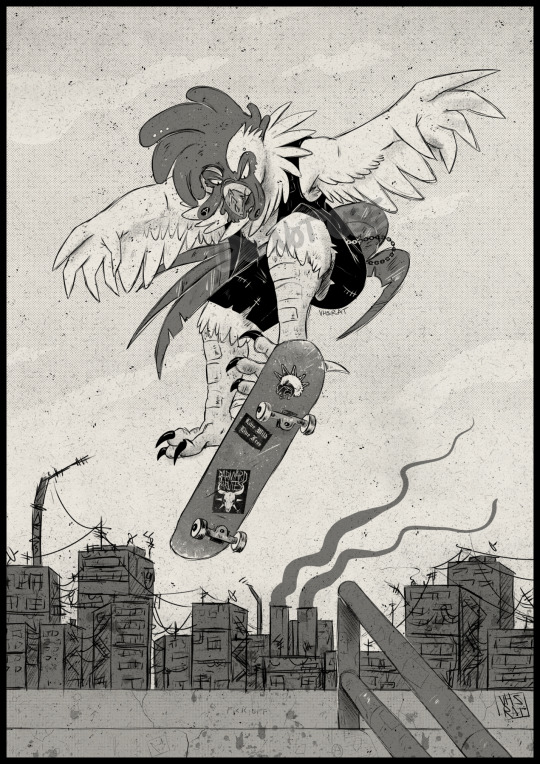
chickens really can fly
659 notes
·
View notes
Note
What are the biggest and smallest iridescent birds?
Hello dear Anon! As our bird interest is a bit of a new thing, some research was in order to deduct our answer, and we're still not quite sure. However, we've given you our best attempt. For something perhaps more professional, you might want to go to a-dinosaur-a-day, who we believe is actually qualified to talk about this. We're just a guy obsessed with birds.
Now, explanation out of the way -- the smallest we can tell you with certainty. It is the bee hummingbird, a tiny, the smallest, in fact, bird in the world.

The bee hummingbird (Mellisuga helenae) is only 2 inches long. Females are slightly longer, but only by a small fraction, and usually lay two eggs, with them being the size of coffee beans. Let that sink in. While their iridescent feathers are not as notable as their other hummingbird relatives, they are still there, and still as shiny as ever.
Now, here's where it gets tricky. We're not sure what the biggest iridescent bird is. Taking a guess, we'd say it's the peafowl. But when you look this up, you don't get a concrete answer, which makes sense, because no offense, no one ever asks this question. But don't worry! We side with you here -- we're just as curious.
Well, we've been doing some math here. At first, we were thinking of the microraptor, wondering if a prehistoric bird would count before we remembered the peafowl exists. But we put it to the side. Then, we remembered the resplendant quetzal and its ginormous tail -- we looked around different pages and totaled the tallest possible quetzal to be around 4 foot on the higher end, but it still wasn't enough. So we looked up the peafowl.
The peafowl has 3 types -- all sharing traits but all fairly different in ways. The one we're focusing on right now is the green peafowl.
The green peafowl (Pavo muticus) is the largest peafowl of the three. As its name suggests, it is primarily green, while the indian is primarily a bluish color, and congo variants are kind of brown.

This is the bird we're talking about here. While maybe not in height (but probably in height), it's definitely in length. Males, pictured above, can be 5 feet and 11 inches at lowest to 9 feet 10 inches at highest. And its iridescence is everywhere, from its tail to its beak, basically.
Honestly, we'll be shocked if this isn't the biggest. Wikipedia describes the green peafowl as 'perhaps, the longest extant wild bird in total beak-to-tail length', as well.
We hope this answers your and anyone else's questions, Anon!
TL;DR: It's the bee hummingbird and green peafowl. Probably!
#and take this w a grain of salt#bird#birdblr#avian#iridescent bird#birding#birds#game birds#game bird#pheasant#pheasants#peacock#peafowl#peahen#green peacock#hummingbird#bee hummingbird
21 notes
·
View notes
Text
MORE FANTASY BIRDS. Going for that eight-character rpg party feel
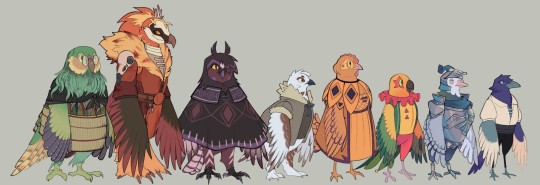
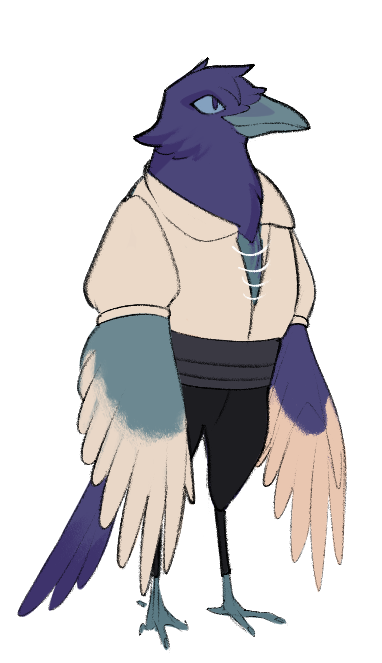
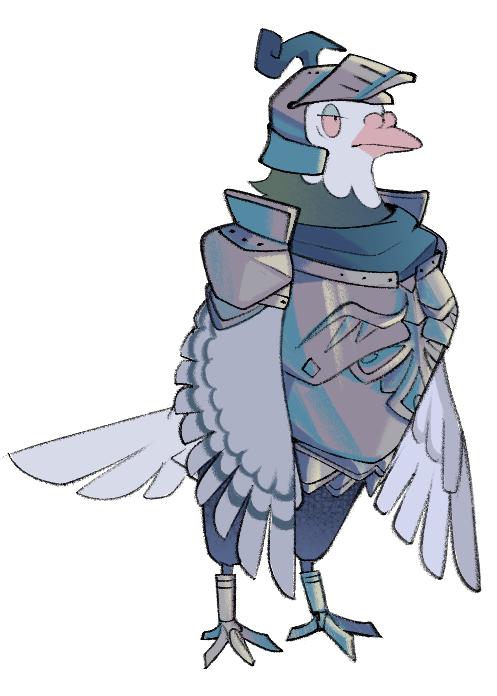
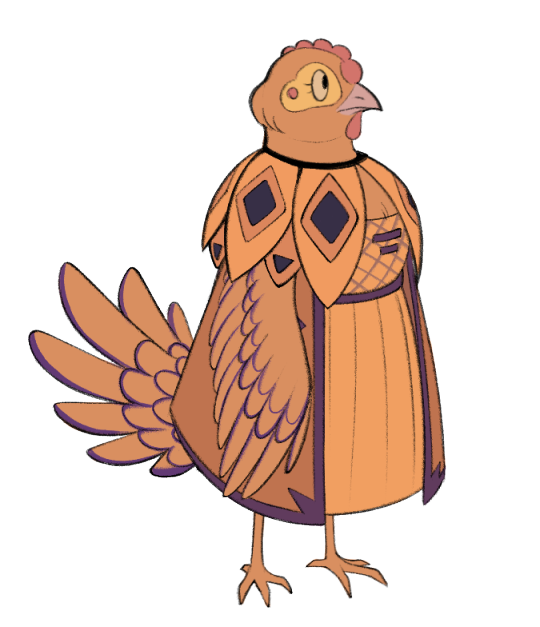

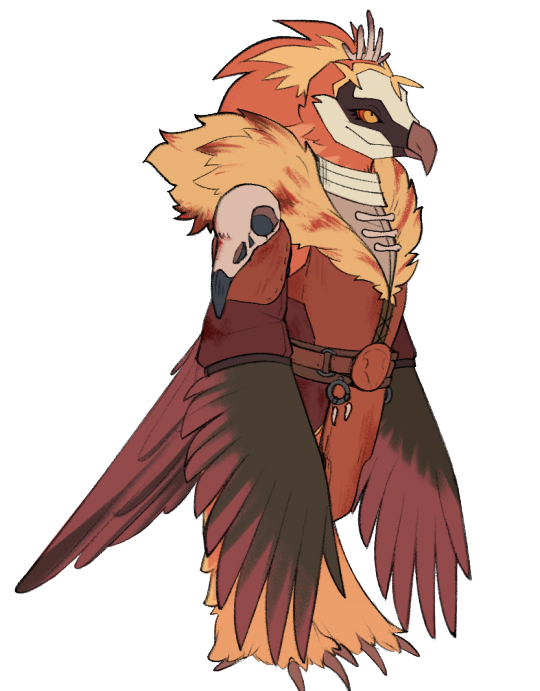

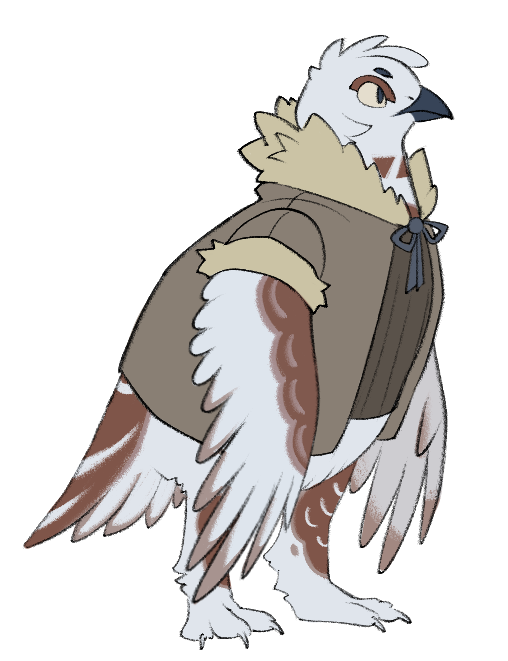
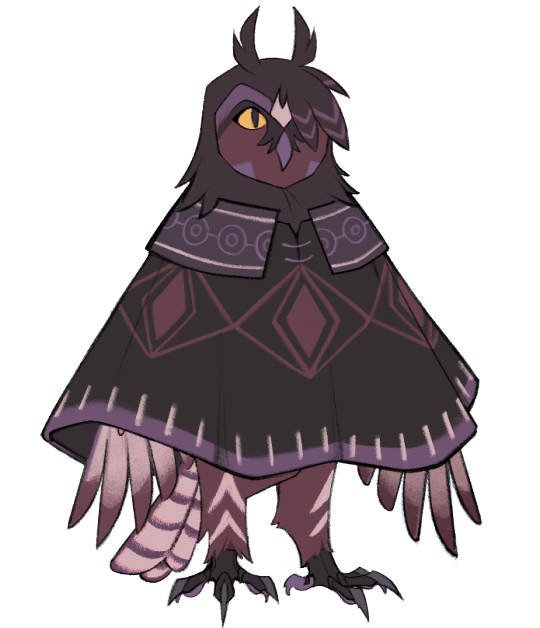
#mint art#oc#birds#avian#character design#the poses are a lot more static compared to the other ones but these are made to be like character refs in a sense so#magpie#pigeon#laced chicken#sun conure#bearded vulture#kakapo#ptarmigan#stygian owl#projnest
11K notes
·
View notes
